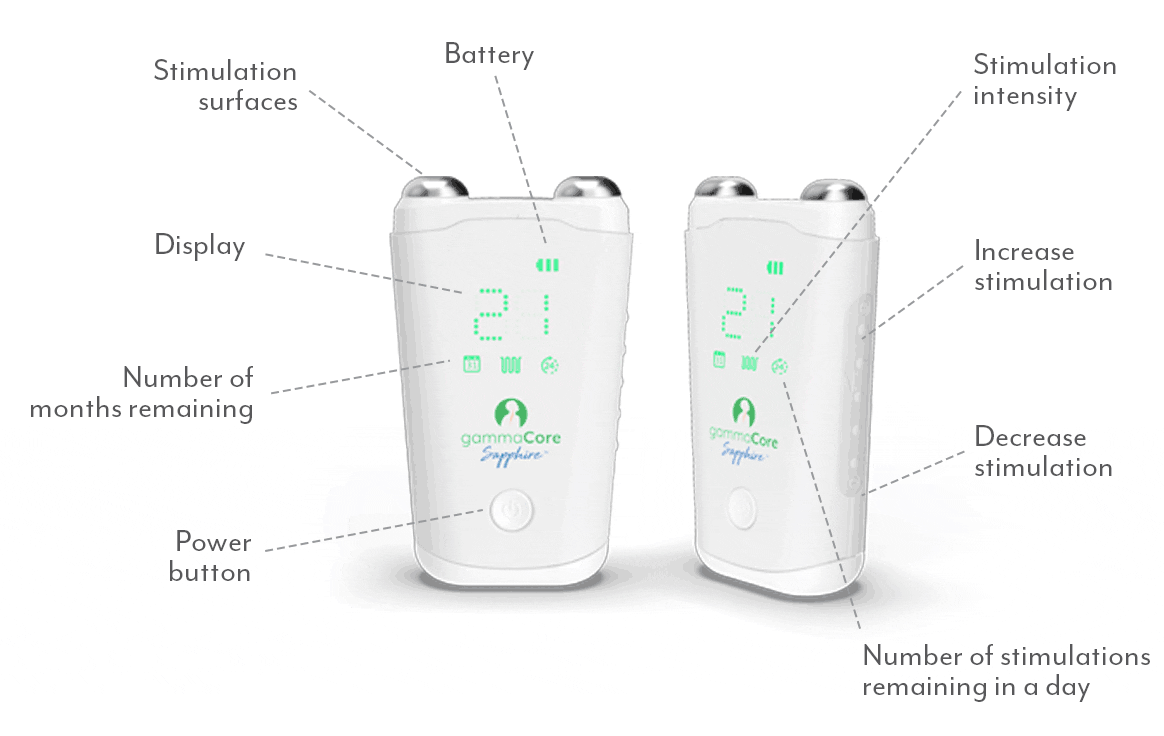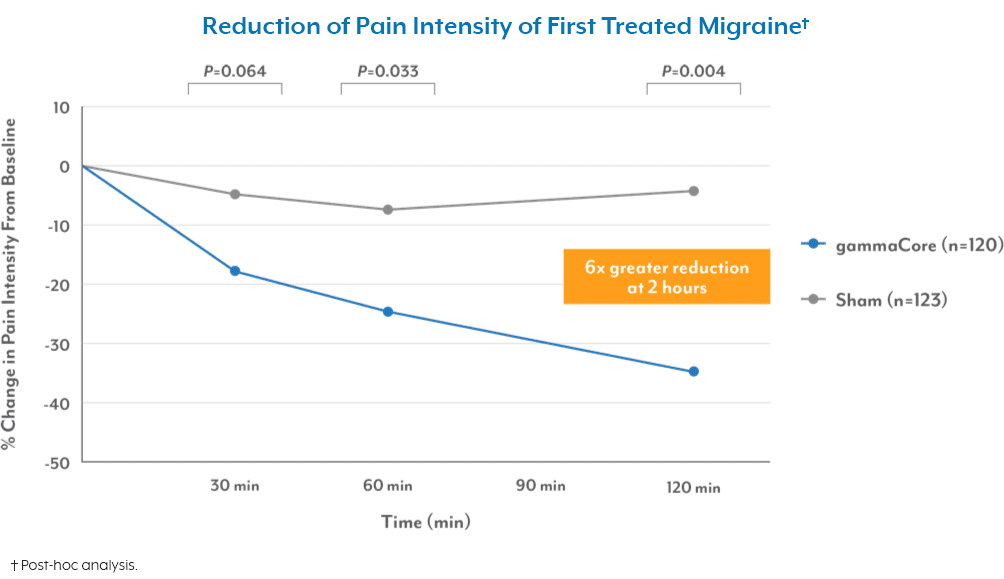
What Is Vestibular Migraine?
Have you ever had moments where you felt like the ground beneath you was moving even though you were standing still or had sudden, spontaneous bouts of dizziness and nausea? If these sensations sound familiar, you might be dealing with vestibular migraine.
Understanding Vestibular Migraine
Your vestibular system is like your body’s balance center. It’s the link between your inner ear and brain, and it keeps you steady and oriented, like your body’s built-in compass. During a vestibular migraine, a “glitch” or disturbance causes signals in this balance center to get mixed up.
This disturbance can be triggered by various factors, like stress, certain foods, changes in the weather, or a hormonal shift. It’s like a domino effect: when one of these triggers nudges the system, it leads to a cascade of confused signals in your vestibular system. This mix-up then results in the sensations of dizziness, nausea, and difficulties with balance that are associated with vestibular migraine.
Vestibular migraine is known to affect more women than men. Most patients also have a history of migraine or motion sensitivity (e.g., car sickness) and a family history of migraines and/or vertigo.1
What Does a Vestibular Migraine Feel Like?
While a classic migraine is typically associated with a painful, throbbing headache, vestibular migraine may or may not involve headache pain.2 Instead, this type of migraine is characterized by episodes of lightheadedness and dizziness that can throw you off balance. You may also feel sensations of rocking, spinning, swaying, floating, or like the floor beneath you is falling, even though your body isn’t moving at all.
Other symptoms may include3:
- Light sensitivity
- Sensitivity to certain sounds or smells
- Nausea or vomiting
- Numbness or tingling
- Impaired vision
- Neck pain
- Pressure in your head or ear
- Tinnitus (ringing in your ear)
- Auras (e.g., flashing lights, zigzag lines, blind spots)
How to Manage Vestibular Migraine
If you suspect that you may be dealing with vestibular migraine, here are a few things you can try to help prevent and alleviate the symptoms:
- Lifestyle Changes: Identifying and avoiding triggers, many of which are the same as classic migraine triggers, is a crucial step. Adjusting your diet and sleep routine can make a world of difference in keeping symptoms at bay. Triggers can be unique to each individual and sometimes difficult to pinpoint, so it’s essential to keep track of them.
- Balance Exercises: Physical therapists specializing in the vestibular system can guide you through exercises that strengthen your balance and coordination, helping your brain and body work better together.
- Relaxation Techniques: Stress reduction techniques such as deep breathing, meditation, and yoga may help minimize the impact of stress-triggered migraine episodes.
When to Consult Your Health Care Provider
If you suspect you have vestibular migraines and the methods above don’t seem to be helping, it’s a good idea to consult a health care professional. They’ll be able to help confirm the diagnosis and work with you to develop a management plan that works for you. There are a few different options that your health care provider can help with:
- Natural Supplements: Vitamin B2 (Riboflavin) has been shown to impact the frequency, duration, and pain score of migraine attacks.4 Other natural supplements that may help with managing vestibular migraines are magnesium5 and coenzyme Q10 (CoQ10).6 It’s important to always consult with your health care provider before starting any new vitamins or supplements, so they can advise whether they’re right for you.
- Medications: Your health care provider might prescribe medications to help prevent or alleviate the symptoms. These can range from migraine-specific drugs to medications targeting the vestibular system.
- Non-Drug Therapies: Your health care provider can prescribe a non-drug treatment for vestibular migraine that doesn’t require any medication and that you can administer at home. The FDA-cleared gammaCore™ non-invasive vagus nerve stimulator (nVNS) is a portable, handheld device that prevents migraines when used twice daily, once in the morning and again at night. You can also use it up to 24 times throughout the day for fast-acting migraine relief when you need it.
To see if gammaCore nVNS is right for you, visit our clinic finder to locate a health care provider near you, or contact our dedicated Customer Experience team at 888-903-2673 or customerservice@electrocore.com.
References
1. What to Know About Vestibular Migraine. American Migraine Foundation. Retrieved August 23, 2023, from https://americanmigrainefoundation.org/resource-library/vestibular-migraine/
2. Vestibular Migraine. Stanford Medicine. Retrieved August 23, 2023, from https://med.stanford.edu/ohns/OHNS-healthcare/earinstitute/conditions-and-services/conditions/vestibular-migraine.html
3. What is a vestibular migraine? Medical News Today. Retrieved August 23, 2023, from https://www.medicalnewstoday.com/articles/320244
4. Chen, Y. S., Lee, H. F., Tsai, C. H., Hsu, Y. Y., Fang, C. J., Chen, C. J., Hung, Y. H., & Hu, F. W. (2022). Effect of Vitamin B2 supplementation on migraine prophylaxis: A systematic review and meta-analysis. Nutritional Neuroscience, 25(9), 1801-1812. https://doi.org/10.1080/1028415X.2021.1904542
5. Magnesium For Vertigo and Vestibular Migraine That Really Works. Migraine Strong. Retrieved August 23, 2023, from https://www.migrainestrong.com/magnesium-for-vertigo/
6. Sazali, S., Badrin, S., Norhayati, M. N., & Idris, N. S. (2021). Coenzyme Q10 supplementation for prophylaxis in adult patients with migraine-a meta-analysis. BMJ Open, 11(1). https://doi.org/10.1136/bmjopen-2020-039358



